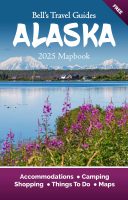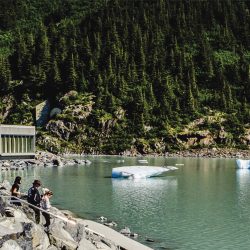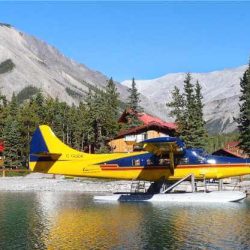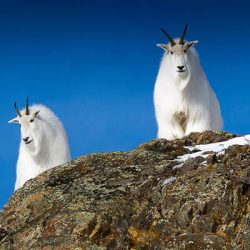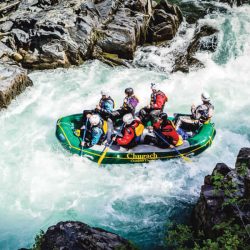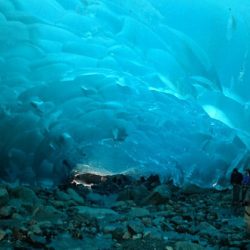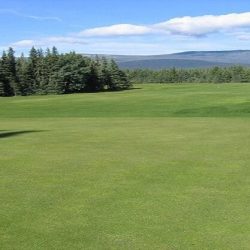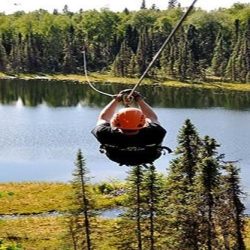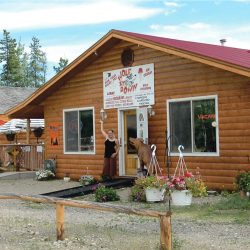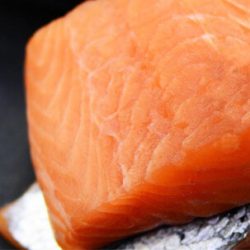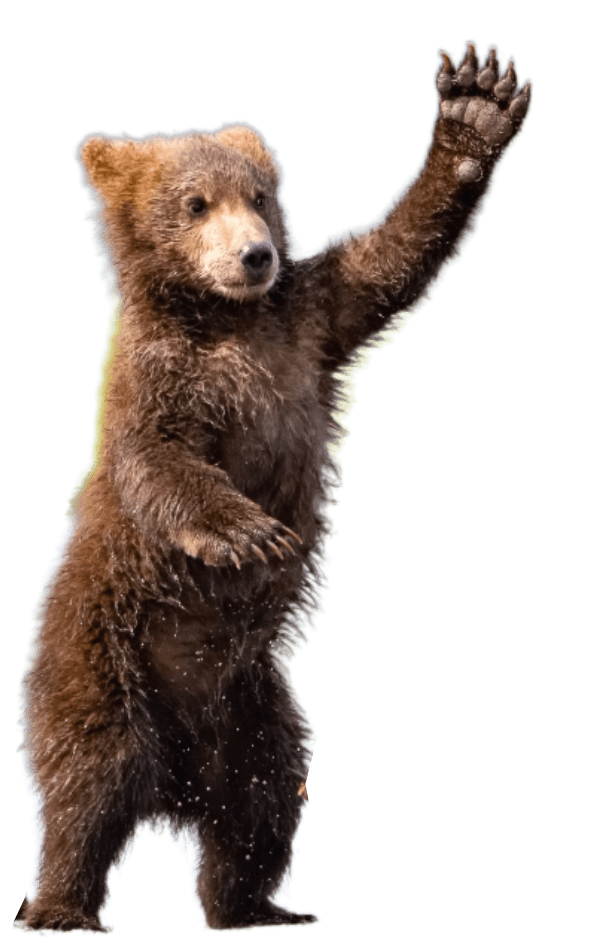Lake Clark National Park and Preserve is a composite of ecosystems representative of many diverse regions throughout Alaska. Within the park, covering four million acres, the mountains of the Alaska and the Aleutian Ranges join, creating the Chigmit Mountains, an awesome, jagged array of peaks resulting from centuries of uplifting, intrusion, earthquakes, volcanism, and glacial action. Two active volcanoes, Iliamna and Redoubt, vent steam from their snow-capped peaks, rising more than 3,050 meters (10,000 ft.).
The rocky cliffs in and adjacent to the park provide rookeries for puffins, cormorants, kittiwakes, and other seabirds. Lake Clark, 40 miles long, and many other lakes and rivers within the park are critical salmon habitat to the Bristol Bay salmon fishery, one of the largest sockeye salmon fishing grounds in the world.
